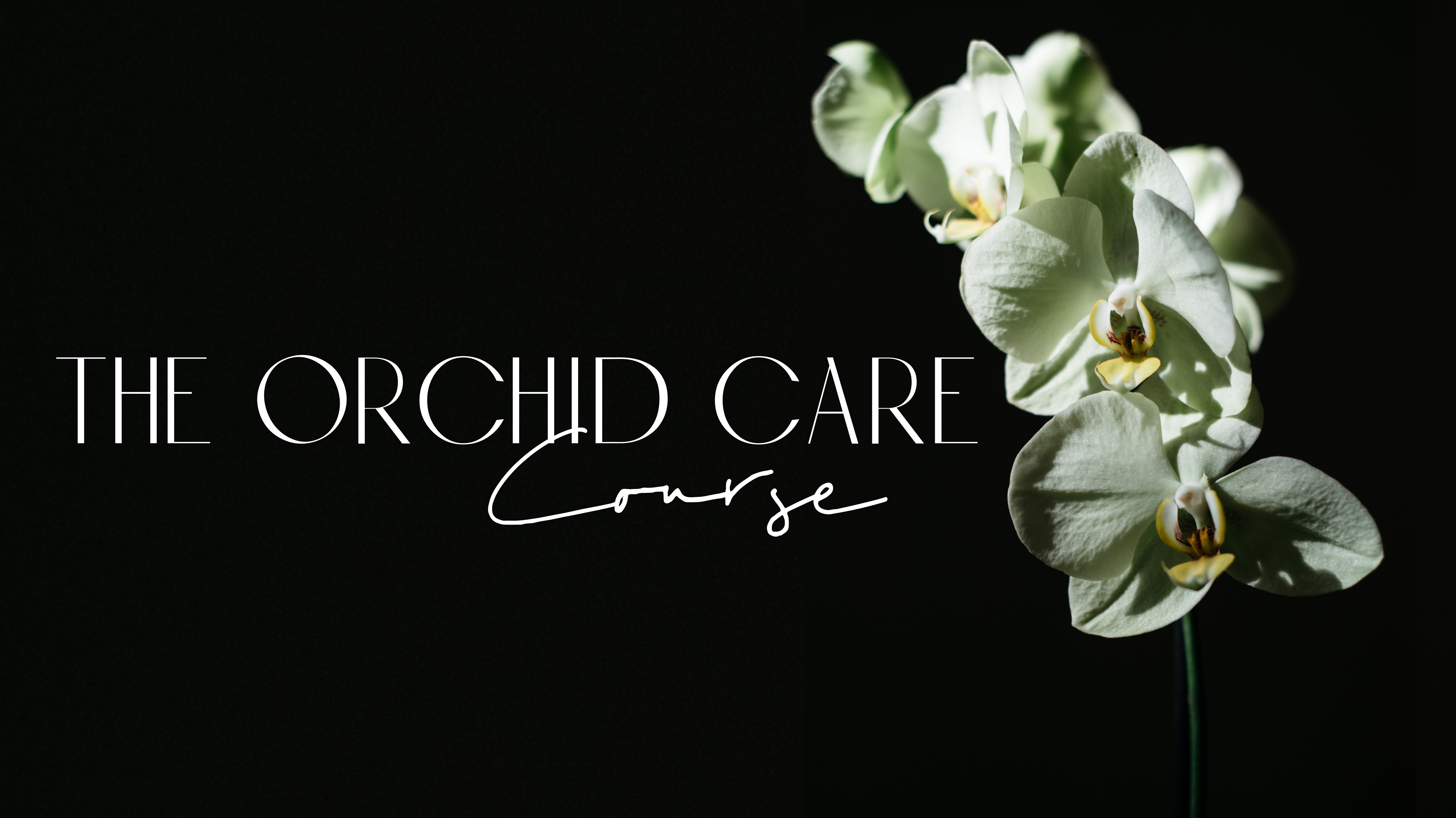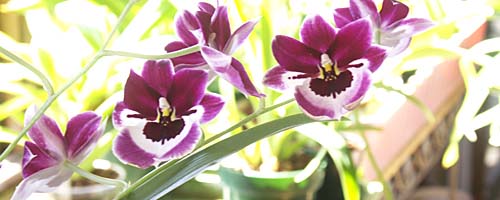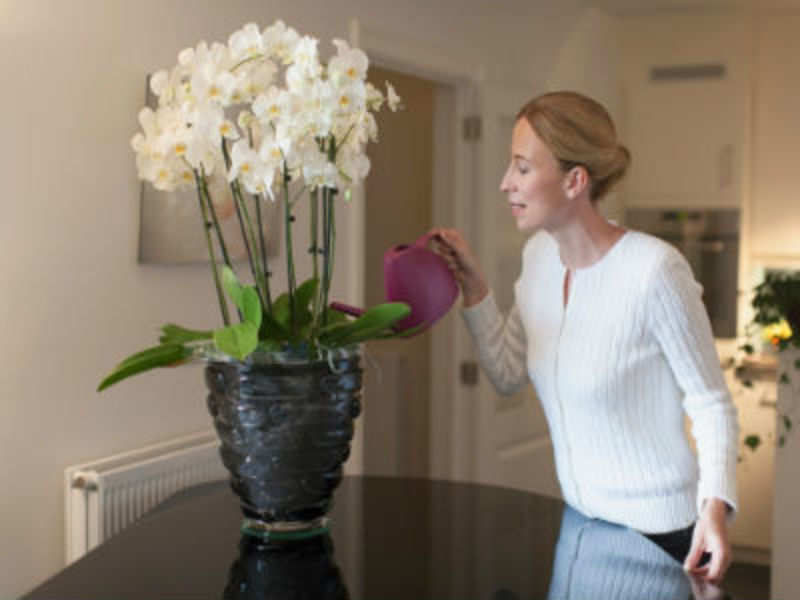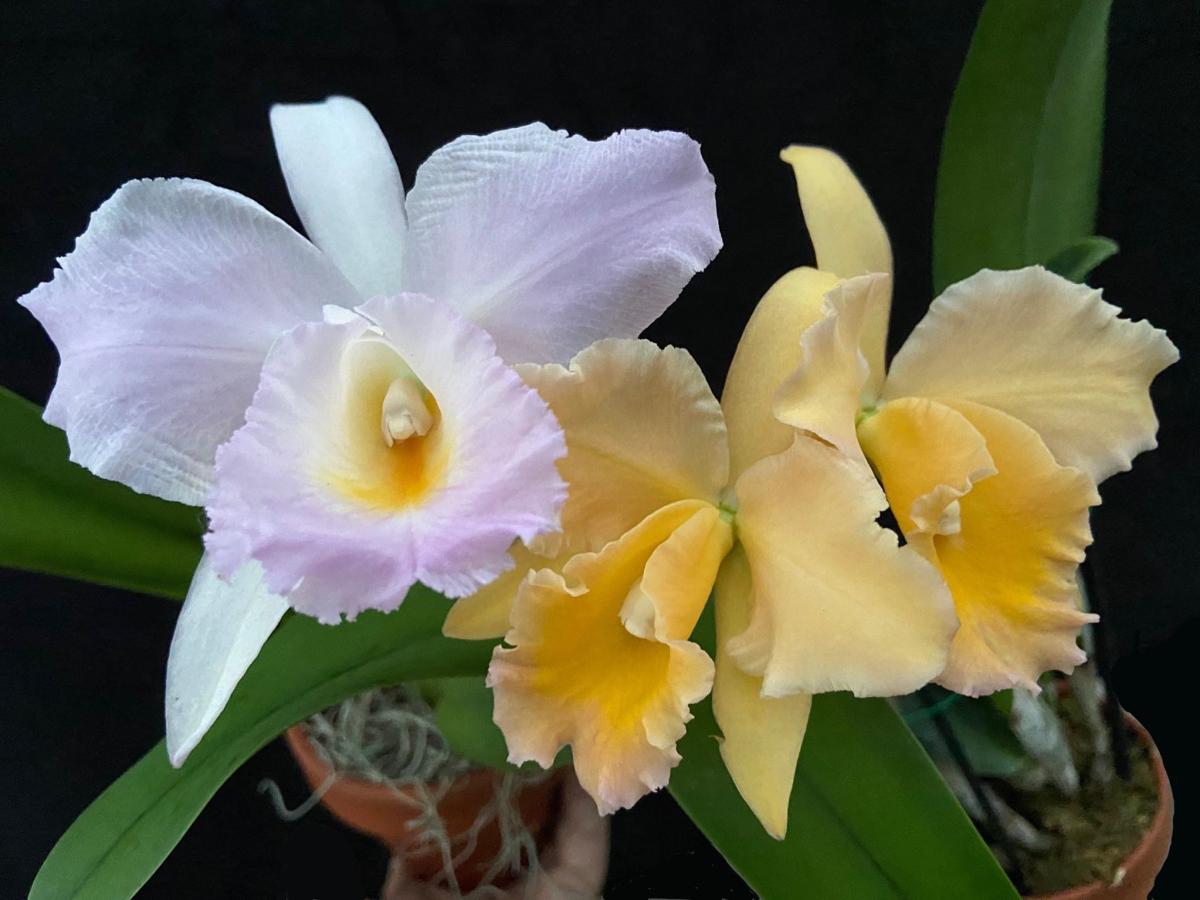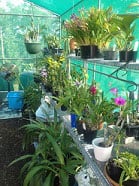Raising Orchids At Home
Mimic the natural conditions in which orchids are most at home.

Raising orchids at home. Growing orchids can become an addiction. Place the pots on flat black pebbles set in a tray in which water is added until it almost covers the stones egg crate which is the lattice like plastic grid sold in hardware stores for suspension ceiling lights is a good more steady alternative to the pebbles. There are several types of growing media that can be used with orchid plantsredwood or fir bark sphagnum peat moss rocks cork charcoal sand potting soil etc. This will provide you the greatest chance of success in growing your orchids.
Caring for your orchid is pretty simple. Or cordon off the growing area with clear plastic but continue to provide ventilation to prevent bacteria from becoming a. The dry atmosphere of an air conditioned home can be challenging though which is why a daily mist or setting your orchids on a moist bed of gravel can help create the humidity they crave. And if youre significantly altering your winter growing conditions you may need to keep watering and fertilizing regularly.
The roots will rot. Orchids are found everywhere not just in the tropics. Most orchids are tropical plants but that doesnt mean they need rain forest humidity to grow in your home. Tips for indoor orchid care.
A basic mix for growing orchids consists of coarse perlite fir bark and sphagnum moss. You can also add charcoal but this is optional. For good information on orchid culture and sources becky recommends the american orchid societys website. Good drainage is essential to grow orchids.
Operate a humidifier near the plants. Some think its cheating but i think thats just a little crazy. It all depends on whether or not your orchids are growing over the winter. Let the water drench the roots and fill up the pebble tray.
If you decide to use gravel just make sure the pot is sitting on top of the rocks not nestled in them. Typically expect to fertilize your orchid once per week with a weak diluted to strength 20 10 20 fertilizer mixture. There are more than 30000 species and 200000 hybrid species. Water well once or twice a week but never let the orchid stand in water.
Then water the plant with plan water once per month to rinse out any accumulated fertilizer. Orchids like a variety of temperatures so choose the best position in the house to suit the needs of the particular orchid you are growing. Also consider a seaweed supplement. Orchids are the largest family of flowering plants in the planet.
During the summer months water it weekly and heavily. It doesnt hurt every so often to put the plant in the kitchen sink and really soak it down. Group the orchids together. Use an orchid specific fertilizer and do not over fertilize your orchids.
Orchids are also light feeders so a general all purpose fertilizer developed at one quarter strength every two weeks is plenty. A porch heated conservatory or unheated indoor room would be ideal. A lot of people are attracted to the idea of growing orchids at home enticed by the natural exotic beauty of orchid blooms. Cool growing orchids such as brassia cymbidium dendrobium lusidia discolor and oncidium need a minimum winter night temperature of 100c 500f.

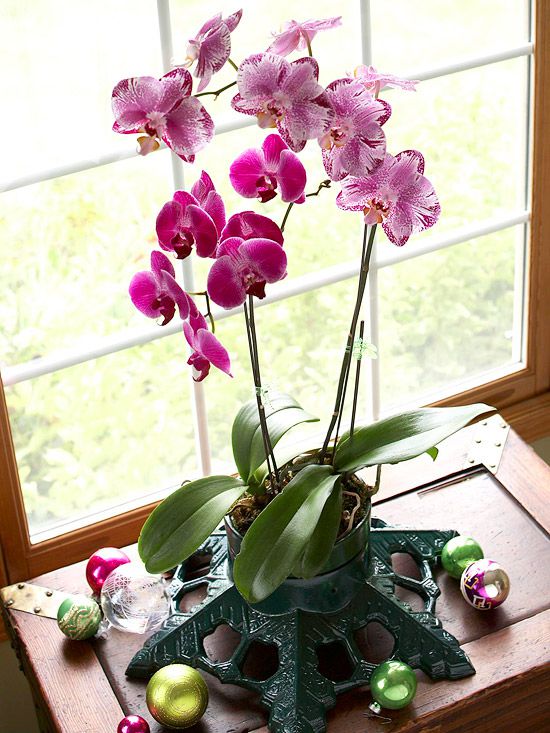
/__opt__aboutcom__coeus__resources__content_migration__mnn__images__2013__12__How_grow_orchids_Phalaenopsis-b2d3c0b71df44313b9b87e146f674d7c.jpg)







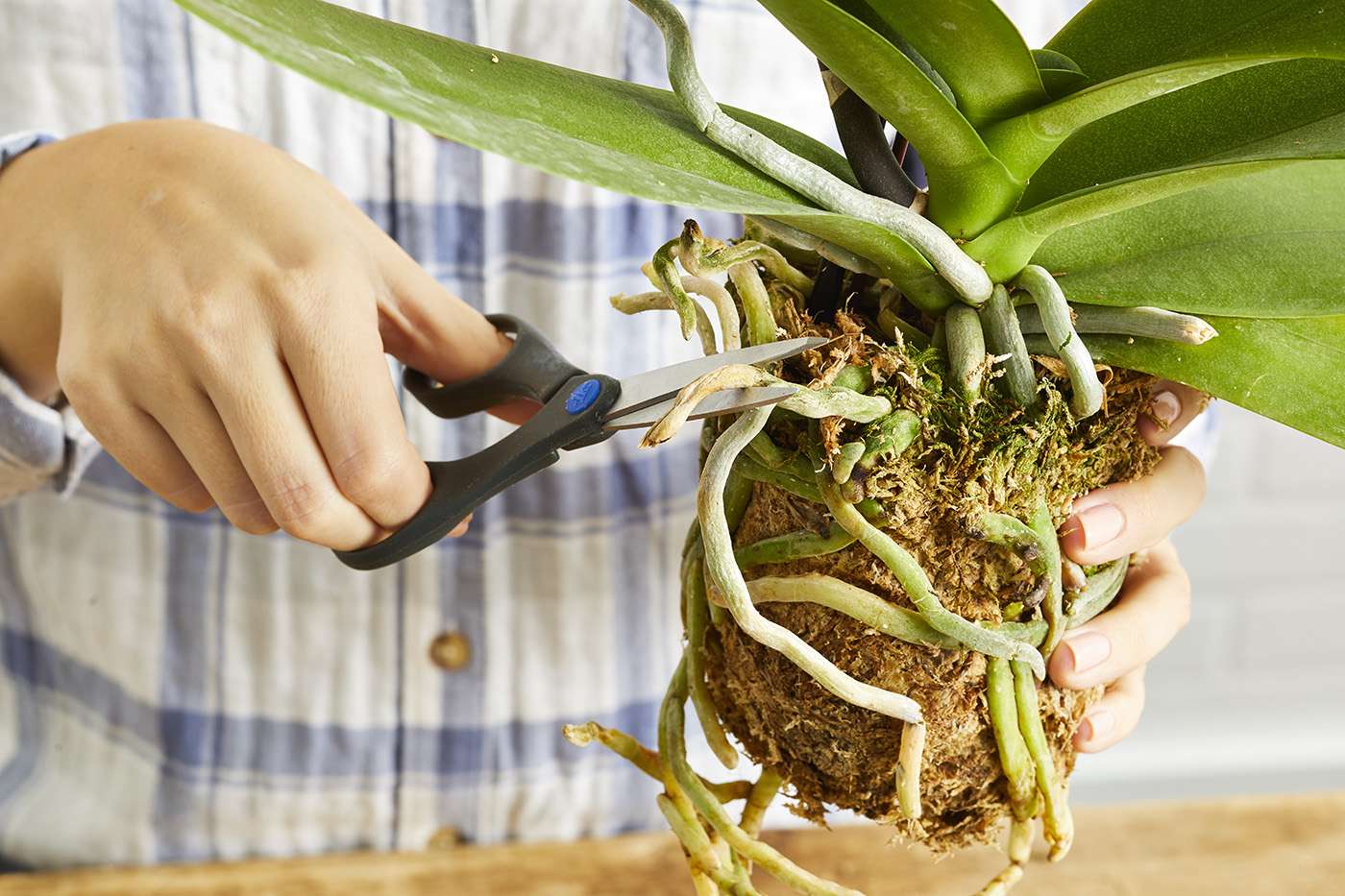

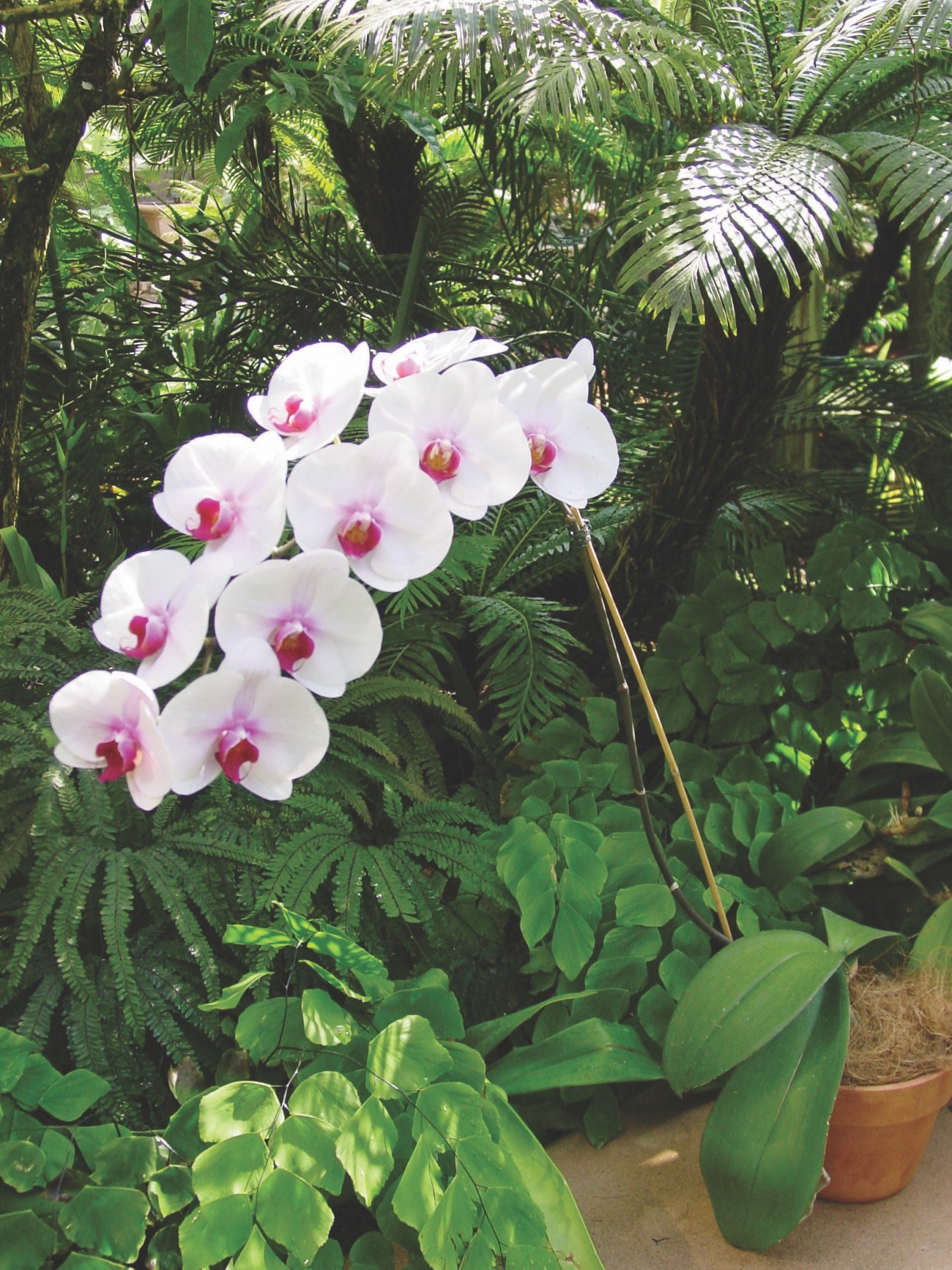

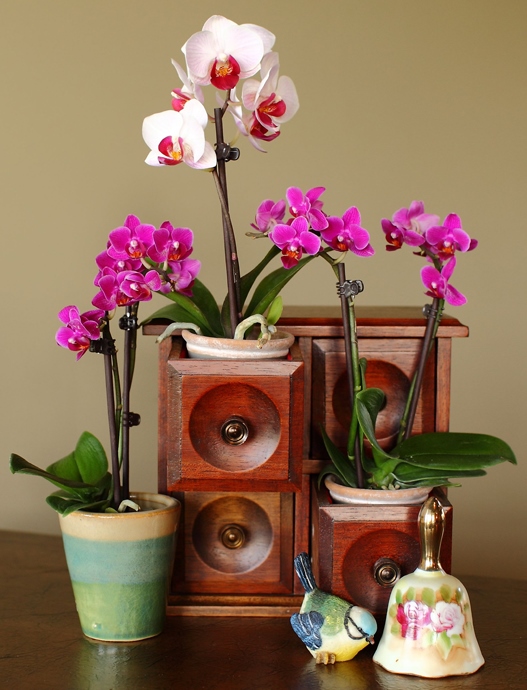
/20191130_untitled_0001001-5a326a5688564ef48a8c0e27e7066df4.jpg)
:max_bytes(150000):strip_icc()/__opt__aboutcom__coeus__resources__content_migration__mnn__images__2011__10__Misting_Orchids_How_to_grow-36a3b74d34f3490eb44ba6d1091a58c3.jpg)











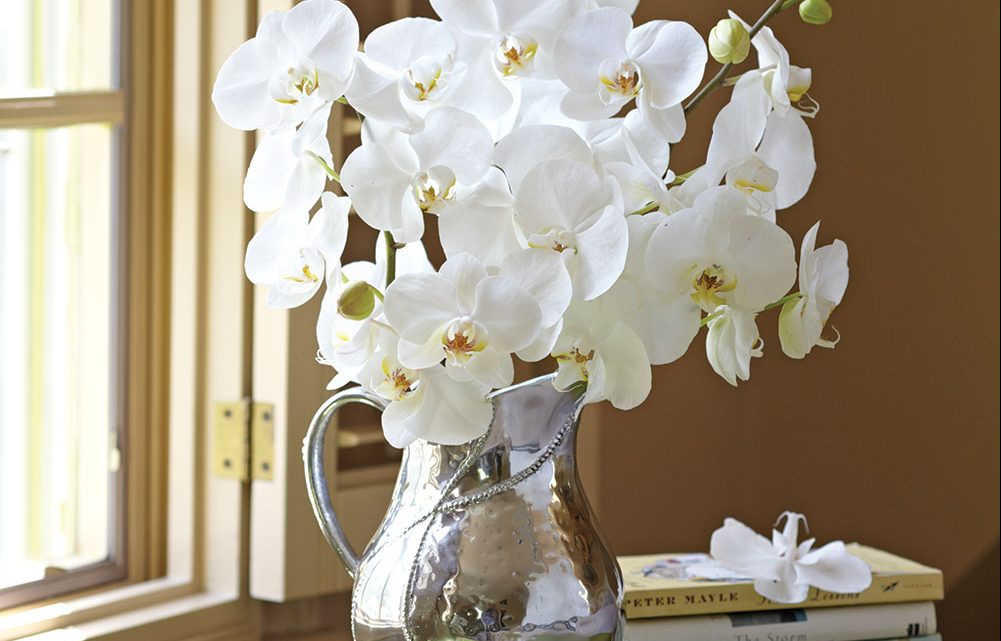

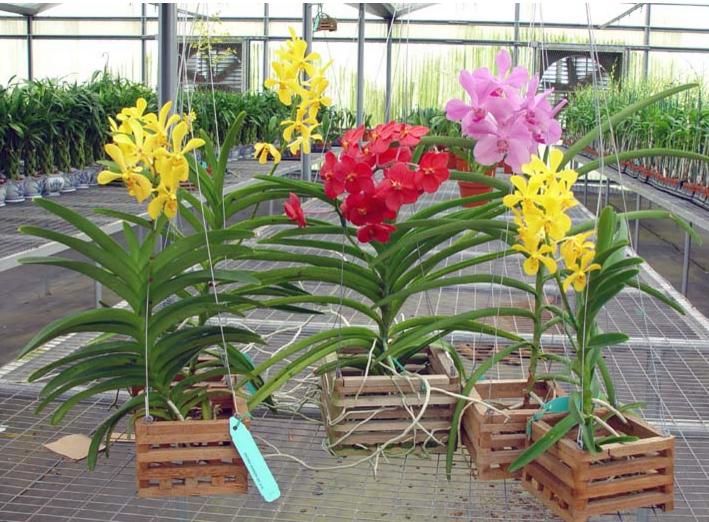



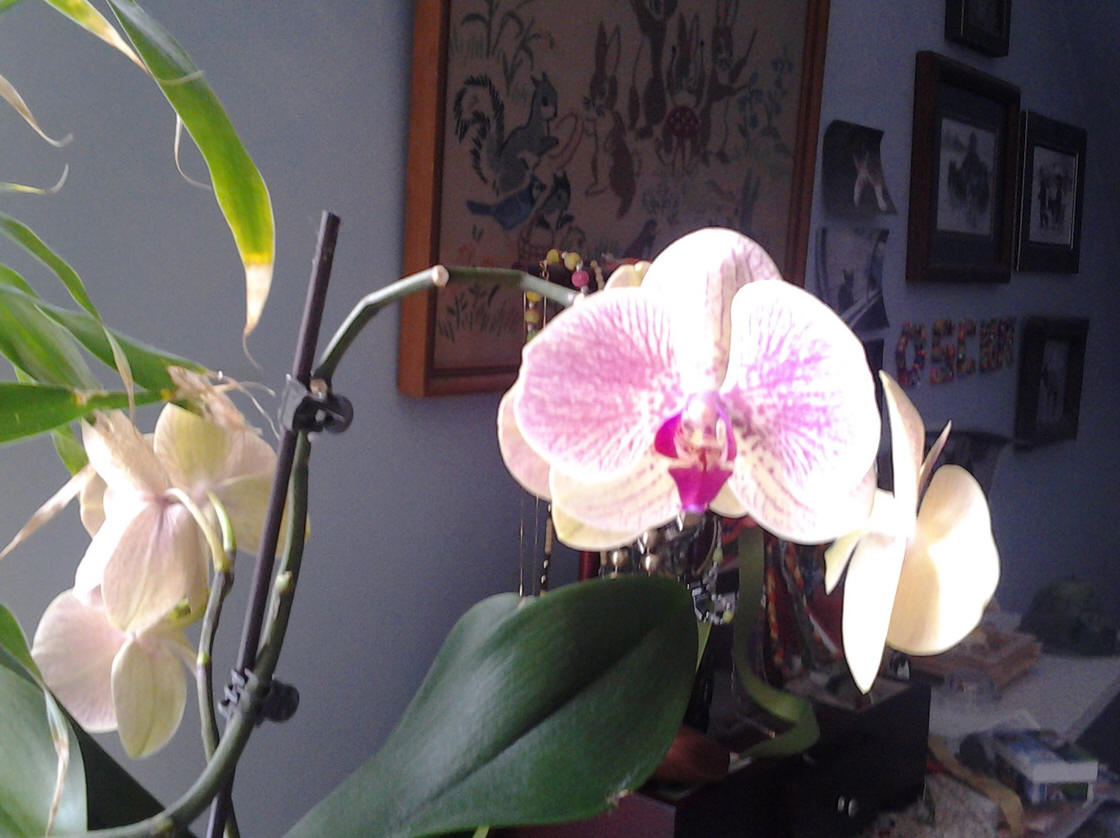

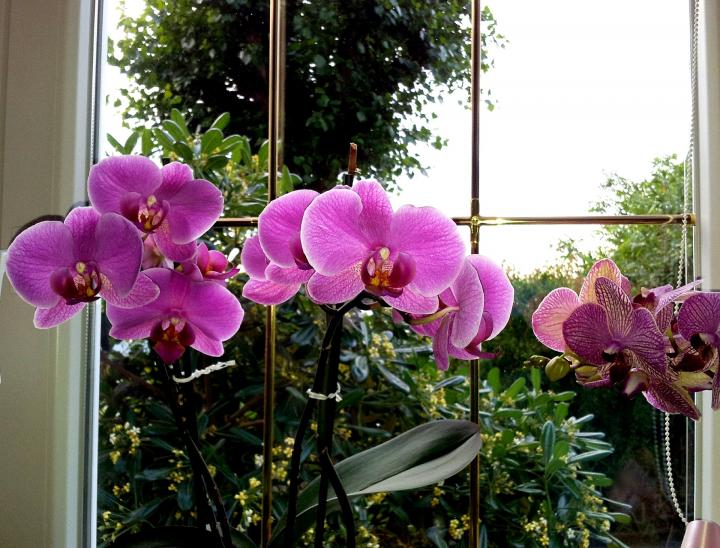





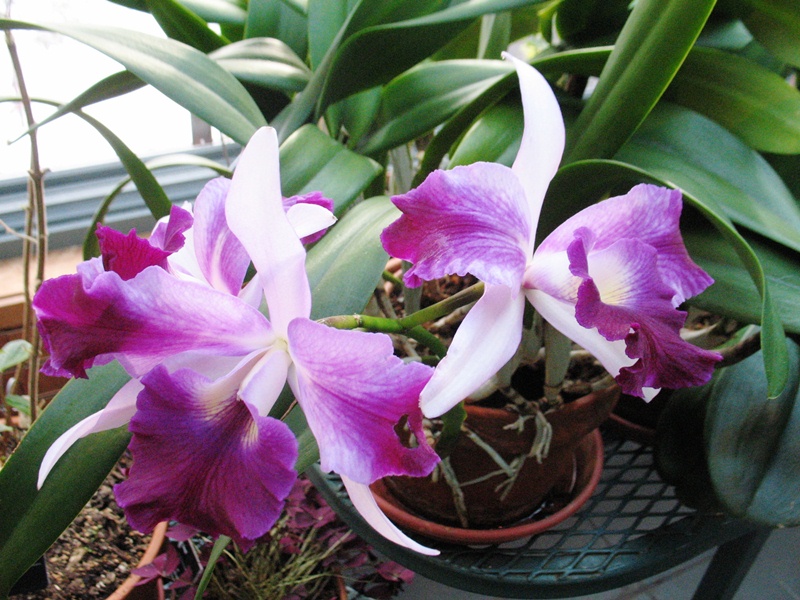





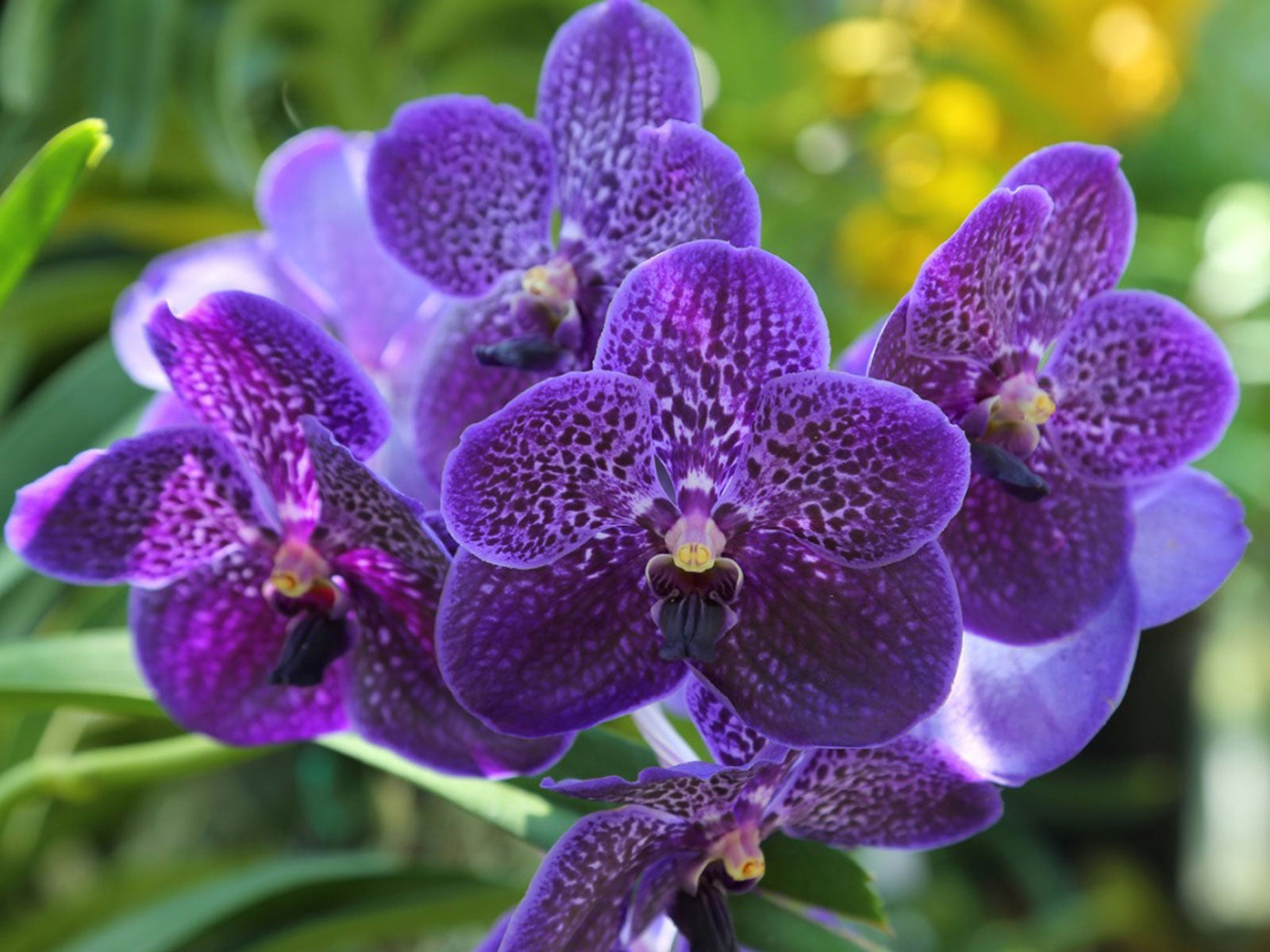
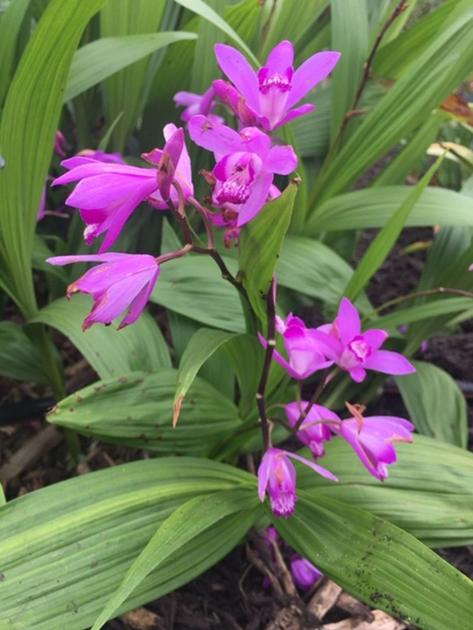
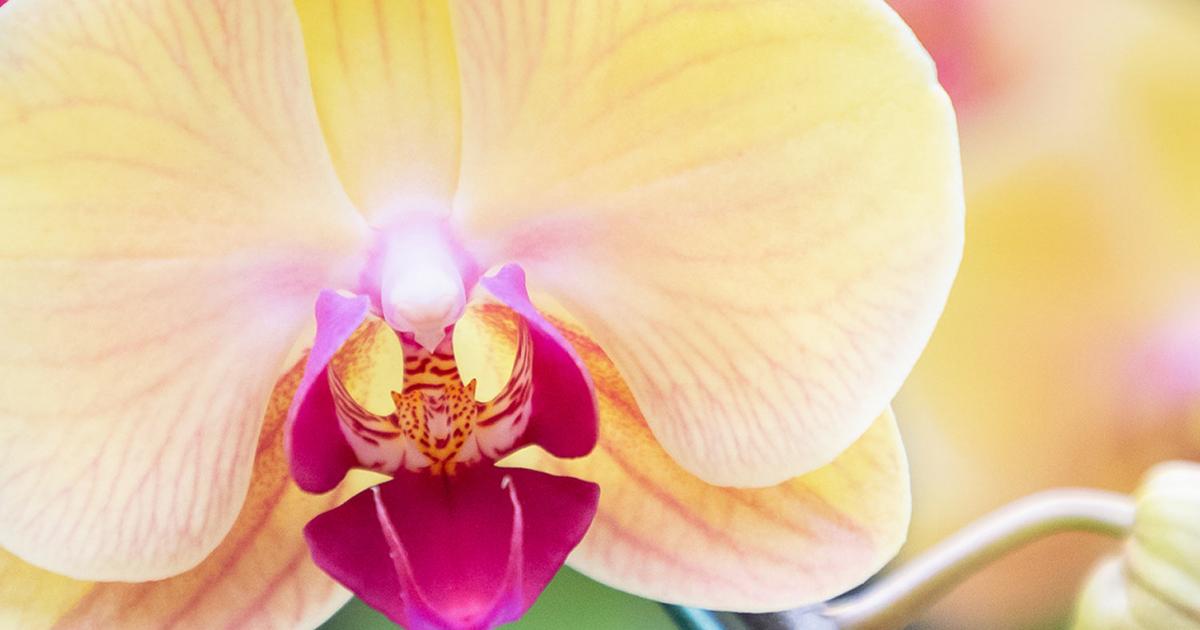


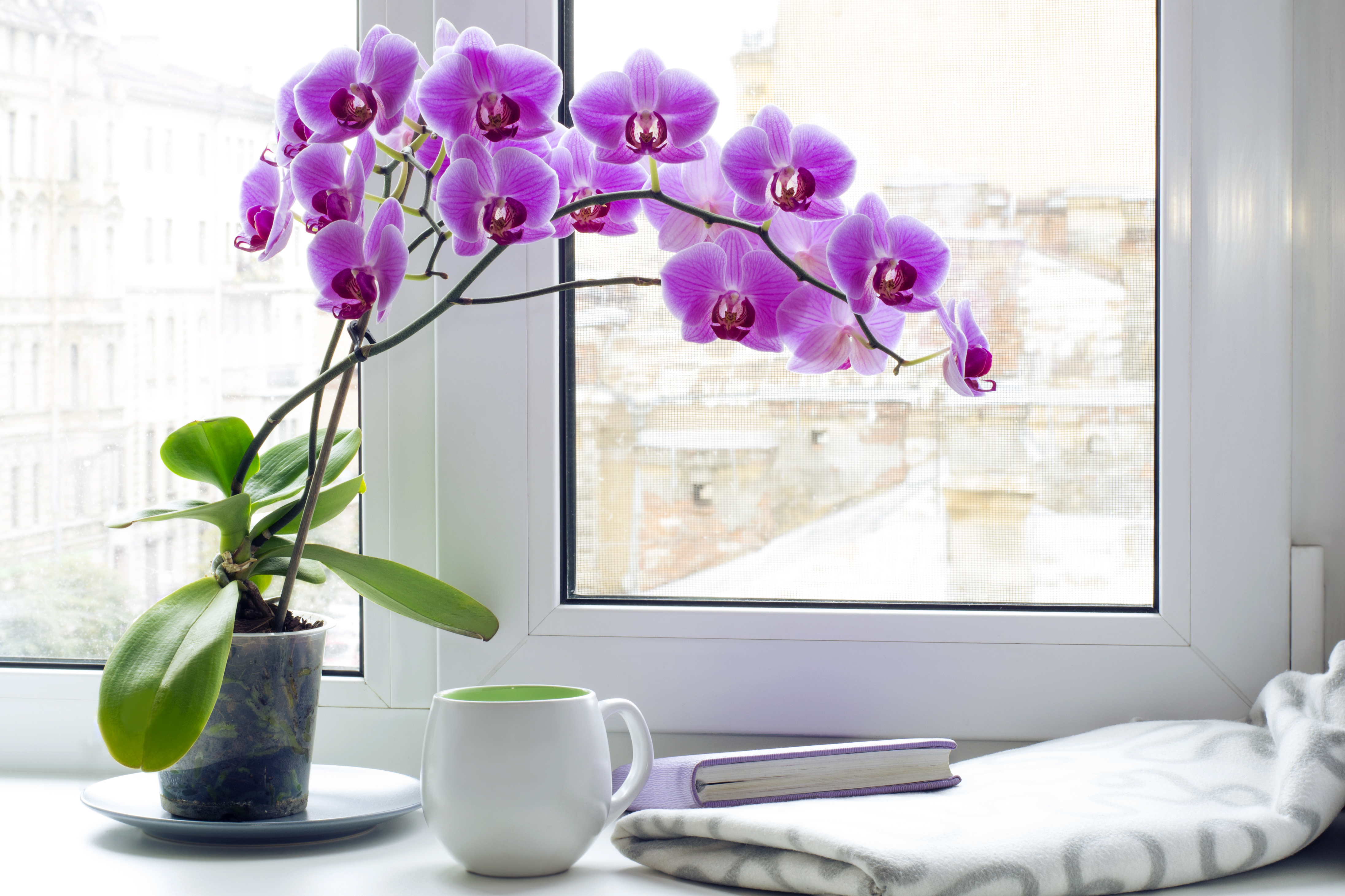
/how-to-water-orchids-1902821-HERO-96a083f82620425dadf276beefd0f5b7.jpg)

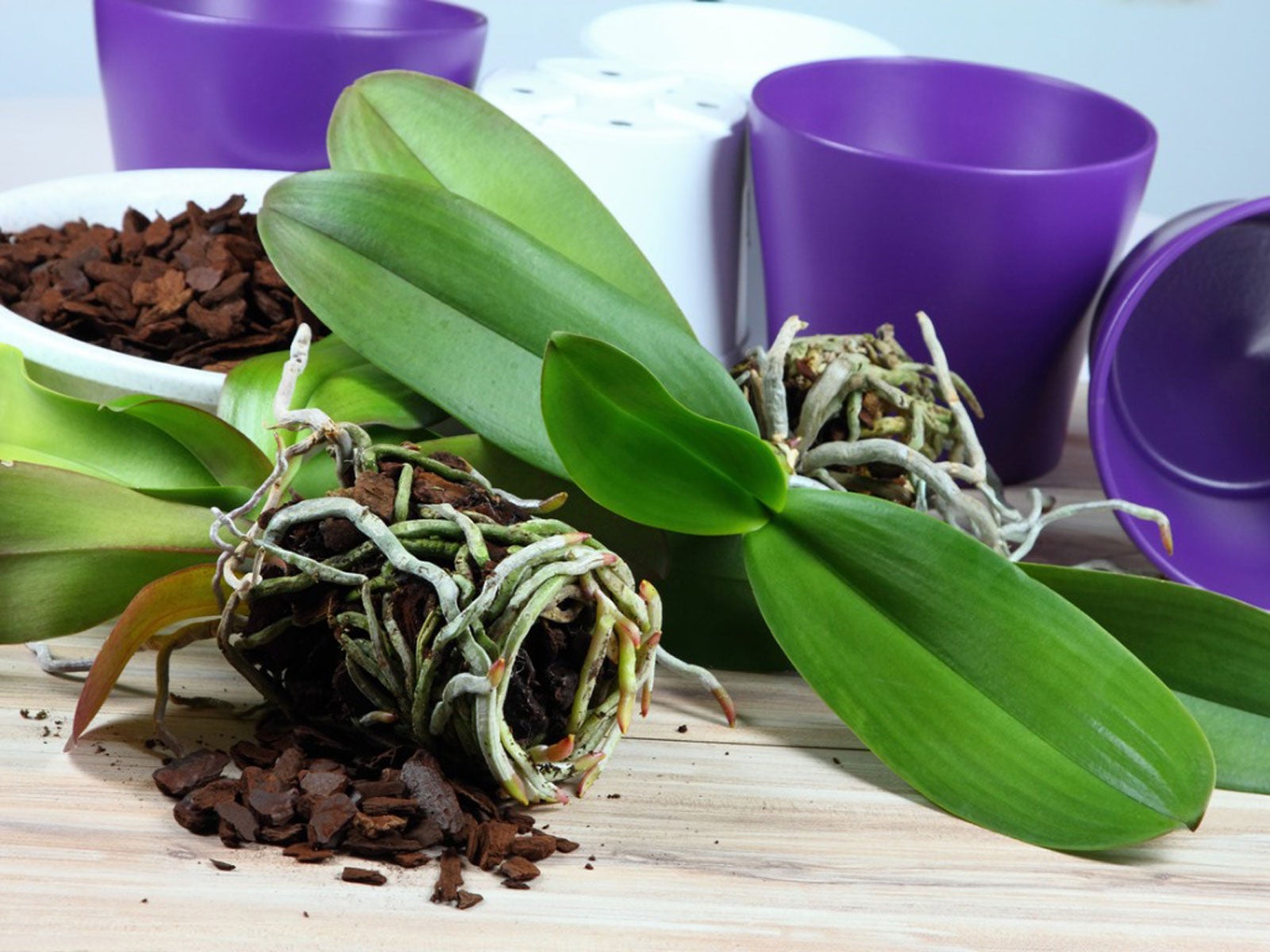



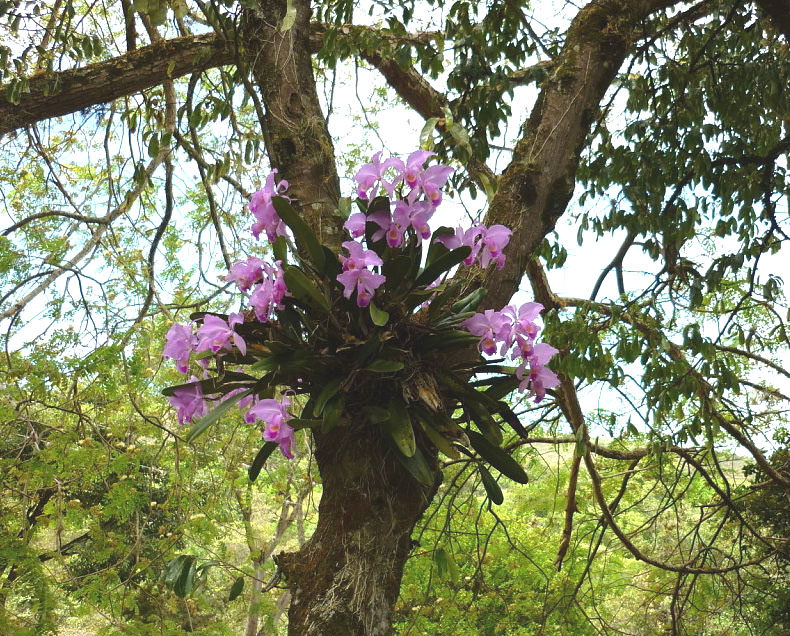


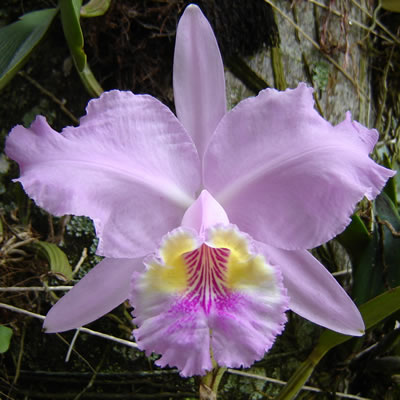



/mountedorchid-57bf9cfc5f9b5855e55db6d3.jpg)

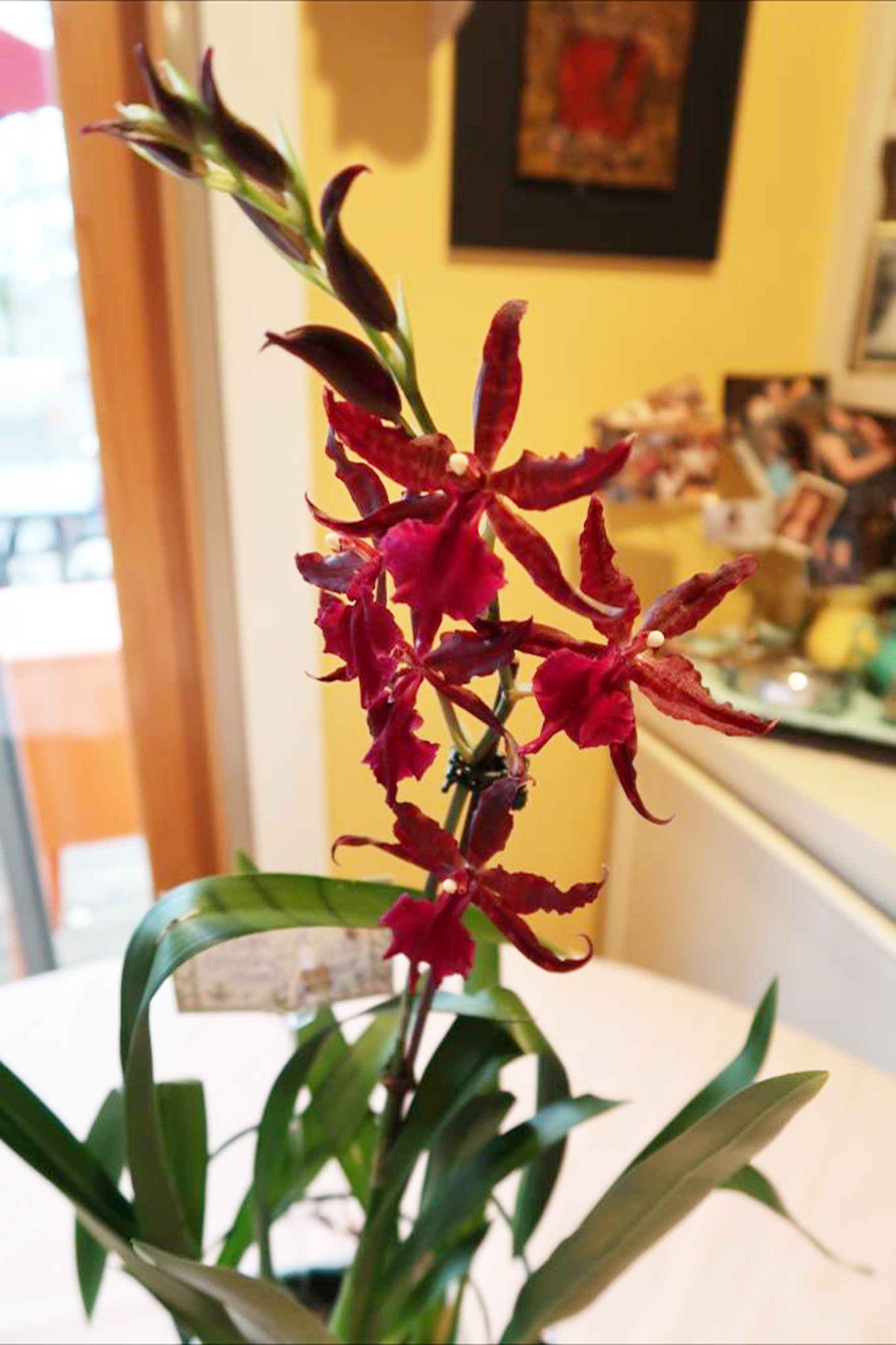


:max_bytes(150000):strip_icc()/__opt__aboutcom__coeus__resources__content_migration__mnn__images__2011__10__Orchid_roots_How_to_grow-03a6b80bbee5423a8bf1516feb1c47f5.jpg)

/SPR_1902822-basic-indoor-orchid-care-5ad7b108ae9ab80038fbe8b5.png)


